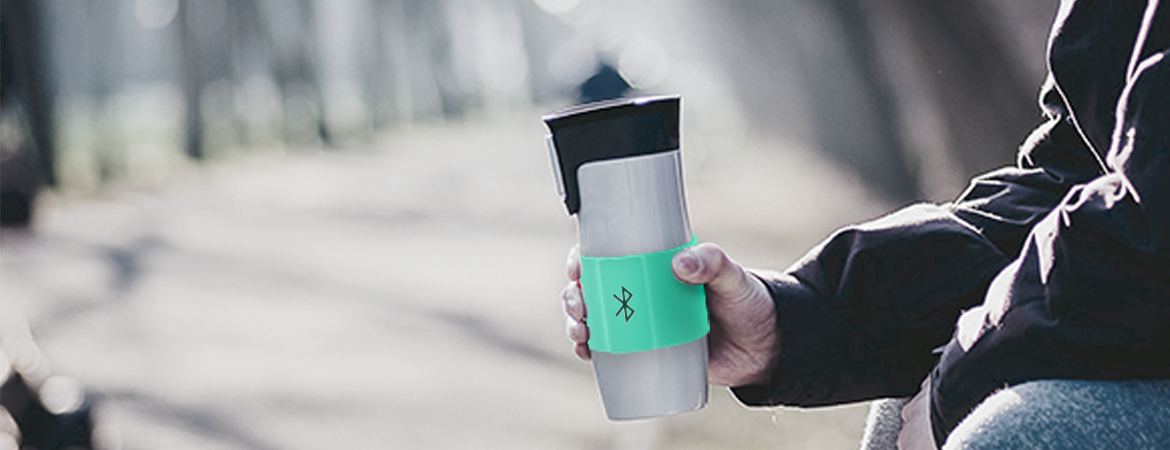
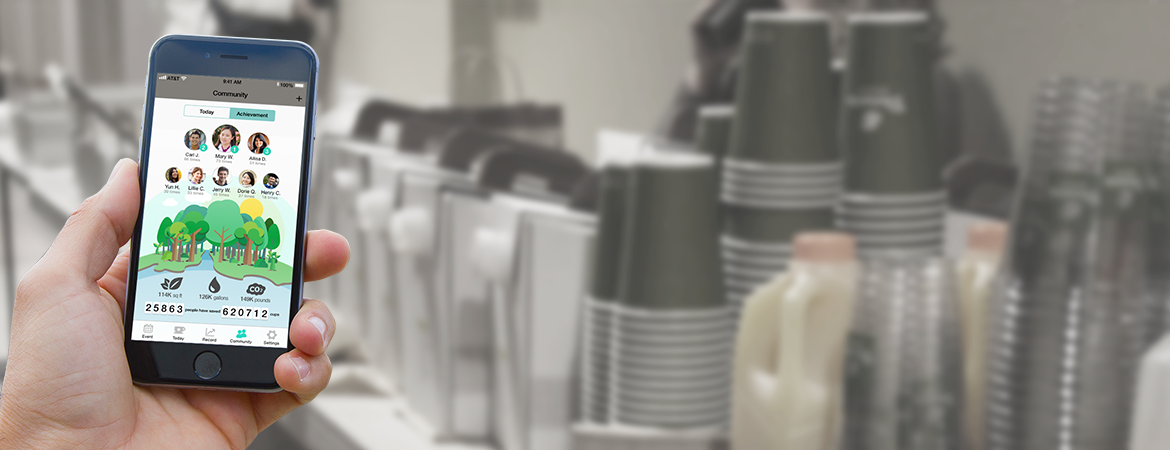
Many campus events provide free drinks, all with disposable cups. Those cups go right into landfills after only being used once. In the United States, the average college student creates 640 pounds of solid waste every year, including nearly 500 disposable cups.1 Using and tossing single-use cups is convenient. However, if each person takes disposable cups for granted, disregarding the environmental costs, the ecological impact can be huge. Team GreenCHI is seeking a solution to address this environmental issue.
| Date: | 2017 |
| My Role: | UX Designer |
| Category: | CHI Design Competition, UX Design |
| Member: | Jordan A. Earnest, Yun Hsiao, Yu-An Ko, Yi-Chen Weng |

To understand the attitudes and behaviors of our target users, we attended Welcome Wednesday ⎯ a free event serving fresh bagels, coffee, tea and hot chocolate each Wednesday morning to over 2,000 U-M students. We chose this event based on its popularity. Additionally, because it is a reoccurring event, we can presume most attendees anticipate receiving a hot beverage there. Tallying the people who got a hot beverage, only 59 out of the 300 people observed did so in a reusable tumbler, forgoing the provided wax-coated paper cup.
At Welcome Wednesday we conducted 37 valid semi- structured interviews, 5-10 minutes each. The seven main questions evaluated why students did/did not bring their own mug to the event. If they brought a mug, we asked when they adopted the behavior and why. Students primarily cited the following reasons for bringing their own mugs: (1) eco-friendly awareness, (2) social norms, and (3) mug features (e.g., capacity, insulation). Students who did not bring their own mugs cited the following reasons: (1) forgetfulness, (2) social norms, and (3) being in a rush.
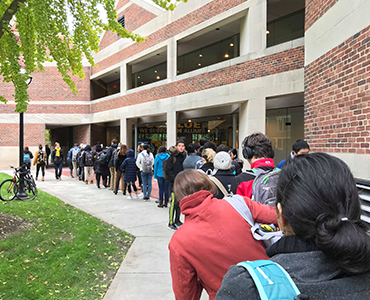
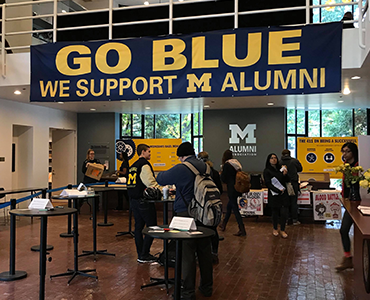
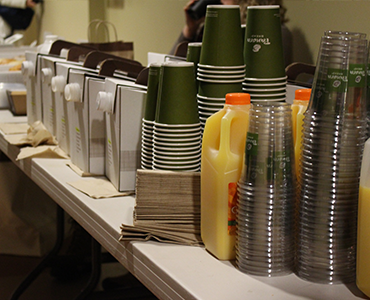

Through research, we found that “forgetfulness” is one of the most common reasons for not using reusable mugs. Most of our interviewees have reusable mugs; however, they often leave them at home and have to use disposable cups.

When an action addresses a meaningful issue and requires group efforts, users are more inclined to engage people around them to participate or respond to the invitations from other people.
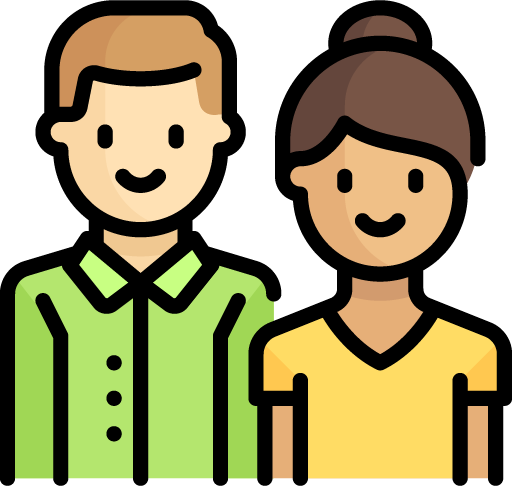
Social norms play a major influence on users’ behavior. Users are more likely to adopt a behavior if they see their families/friends taking action or encouraging them to do so.

Seeing the progress they made, through data visualization and measurement of spared resources, encourages the user to continue the behavior.
Based on our interviews, we created three personas of different university students. The following personas helped us capture the behaviors and motivations of users, and to create scenarios and problem statements.
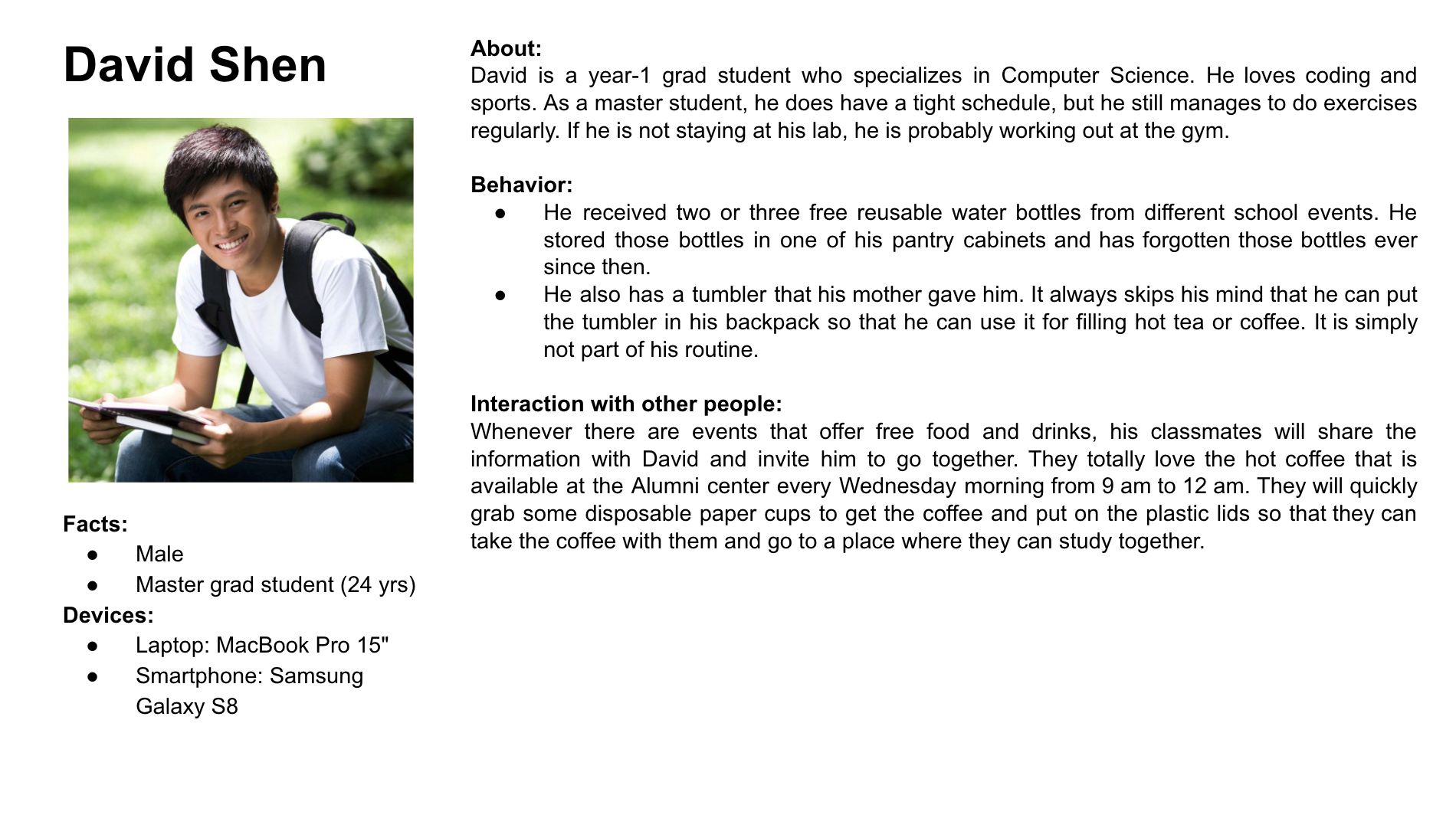
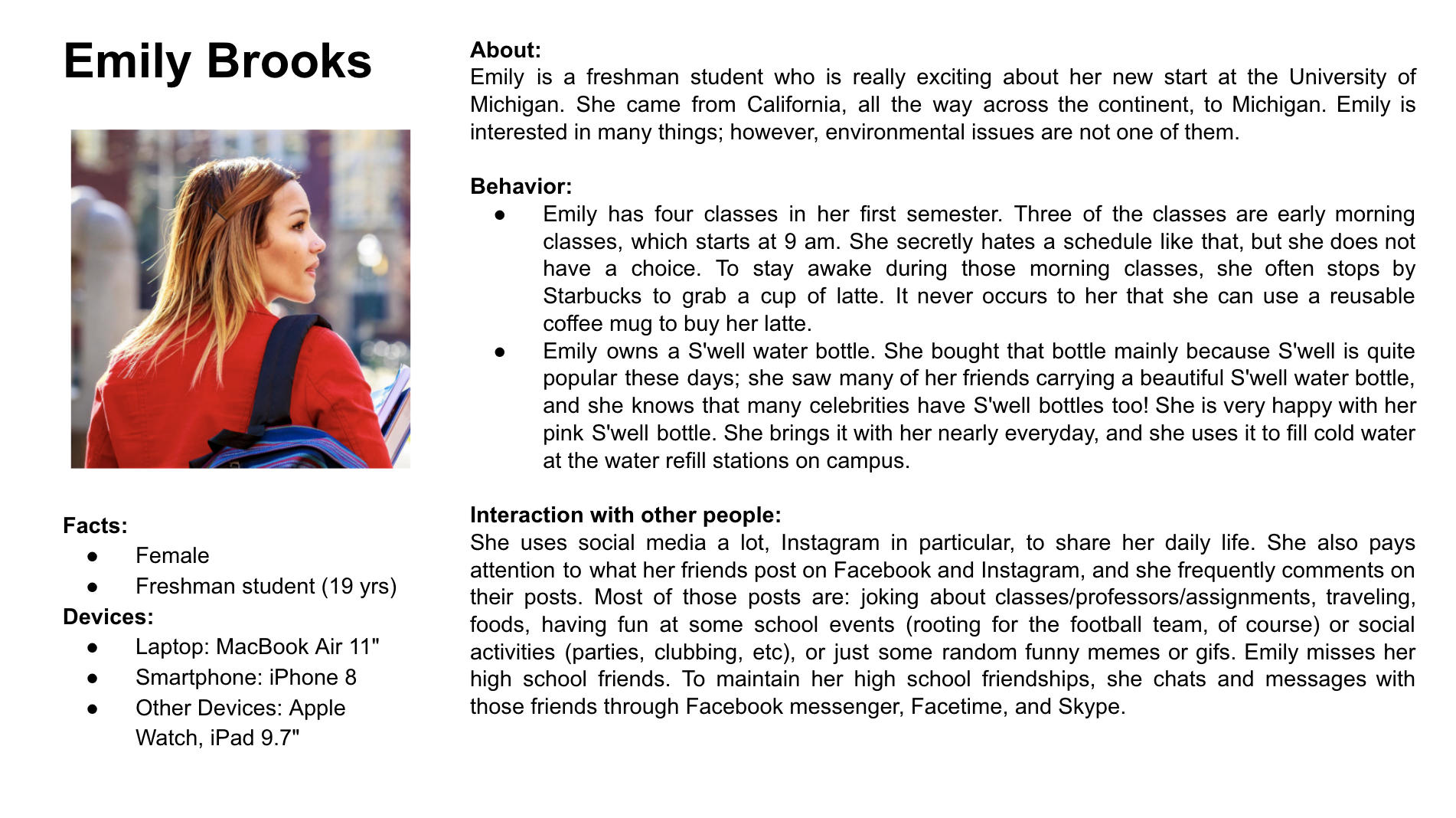
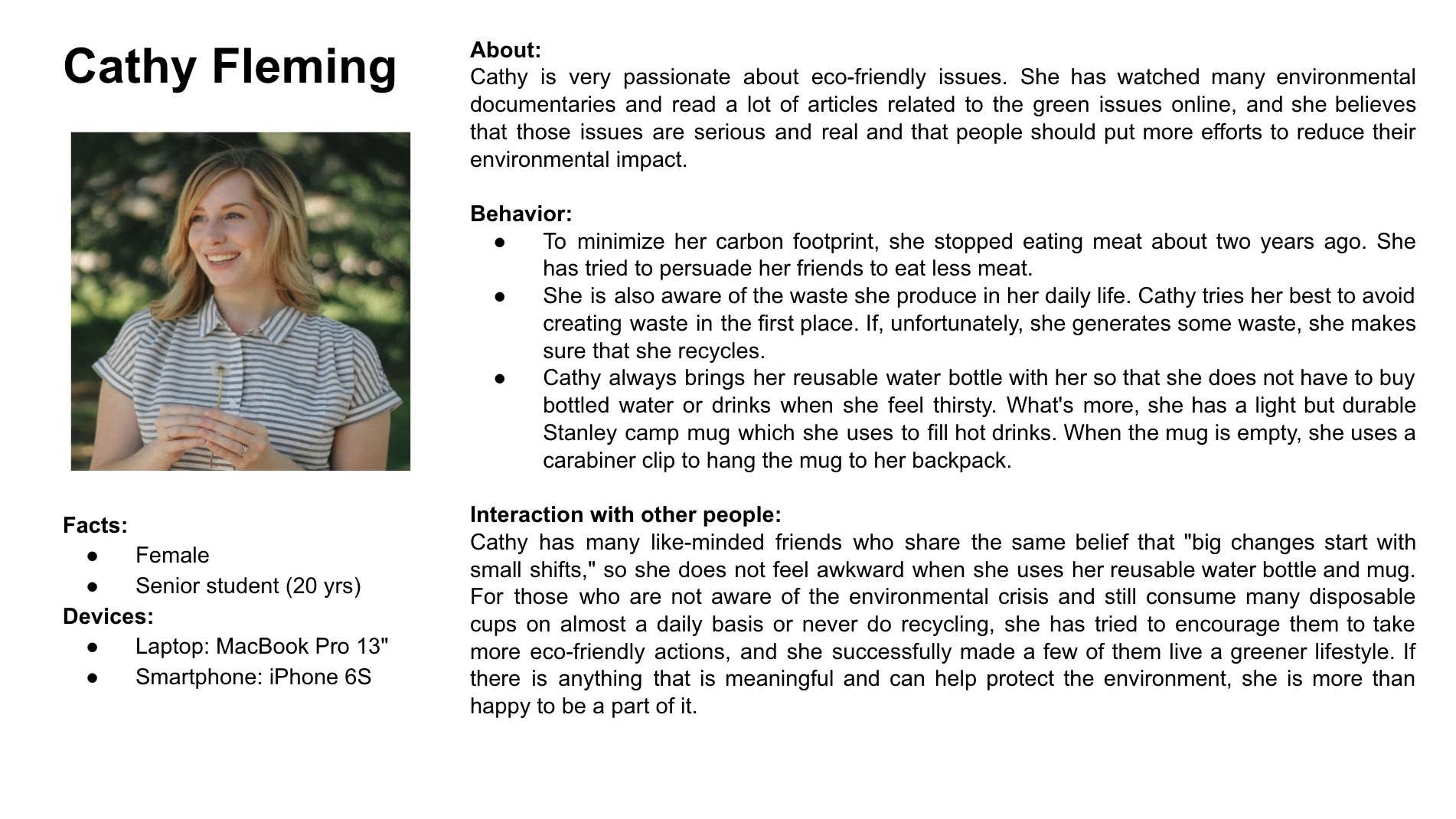
Using these personas as guides, we constructed scenarios and problem statements to think about how each user would engage with the system. These personas indicate that our design can leverage someone like Cathy, who already has strong eco-friendly habits, to influence others in a way that seems approachable. The design further needs to help busy David remember, and could also benefit from the accountability of behavior tracking without requiring user input ⎯ like his Fitbit. Emily reinforced that people embrace behaviors for different reasons, and visual appeal and group norms can be an impactful gateway to good habits.

We brainstormed 40-50 ideas to address each persona’s scenarios. We generated a scale to rank each idea based on feasibility, user experience, novelty, team constraints, potential for engagement and social impact, and evaluated each idea to distill the top components.

We listed several essential criteria, including feasibility, user experience, entertainment, novelty, team constraints and the social impact and influence. With the criteria, we held an internal evaluation section and graded each idea seperately. The top ranking ideas were selected for further design and prototyping.
We distributed an online survey to U-M students to gauge how target users use mobile phone apps. 65% of the 80 valid respondents have used apps to track a behavior in the last week.(such as health, fitness, productivity, goals, etc.) Furthermore, the majority of participants reported social networking, utility apps, and productivity apps as the most frequently used. Game and entertainment apps were infrequently reported (4.62% and 6.92%, respectively). These results guided us to create a design that was both oriented towards social media, enabled behavior tracking, and was utilitarian in nature, rather than recreational.
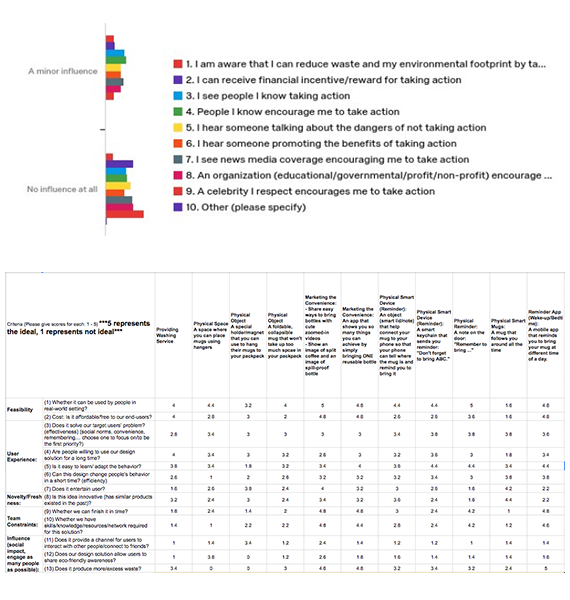
With the selected idea, we built blueprint to illustrate the usage and created function list, wireframes and prototypes.


Before building the final prototype, we conducted five in-depth individual interviews for evaluation and testing with target users. We asked them to walk us through their morning routines, and we would intervene, asking how they would react and what actions would they take if BYOM notified them to bring their mug at that time. Next, we showed the interviewee the high-fidelity mockups of our design, to learn what features would best inspire them to adapt and sustain the target behavior of bringing a mug, and furthermore, motivate them to engage others.
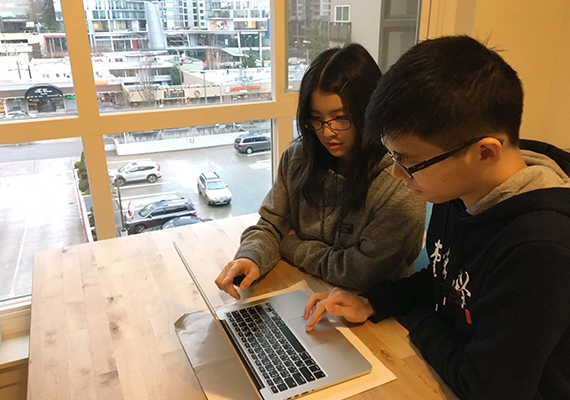
Although participants expressed concern with both the frequency and the timings of the reminders, with the reminder feature, half of our participants responded that they would act — reflecting or checking their bags to see if they brought the tumbler.
While reacting positively to seeing their behavioral data, which was represented by only a tree growing in our former version, the participants expressed an interest in receiving more informative feedback, which would help conceptualize their positive environmental impacts.
Nearly all participants stated that if their eco-friendly practices could amount to a meaningful, collective environmental contribution, they would be willing to respond to invitations from existing BYOM users or engage other people to be part of the force.
Interestingly, these two participants added that, even in the absence of the prompts, they would still remember to bring their mugs because they are aware that BYOM is recording their behavior. Their shared view, which aligns with a previous qualitative study, sheds new light on how to reach our primary goal of behavior change.
A wireless-enabled silicone sleeve slips onto travel mugs of different shapes and sizes, and syncs with a mobile application via Bluetooth. The bottle orientation along with squeeze sensitivity, measured by gyroscope and deformation sensor fusion, approximates when the tumbler is in use and records it in the app. The automatic syncing feature relieves users from manually inputting their behaviors, increasing both tracking validity and accountability. This sleek product can be manufactured in a range of colors to match personal style. Additionally, the physical product draws visibility to the initiative, encouraging others to join BYOM.
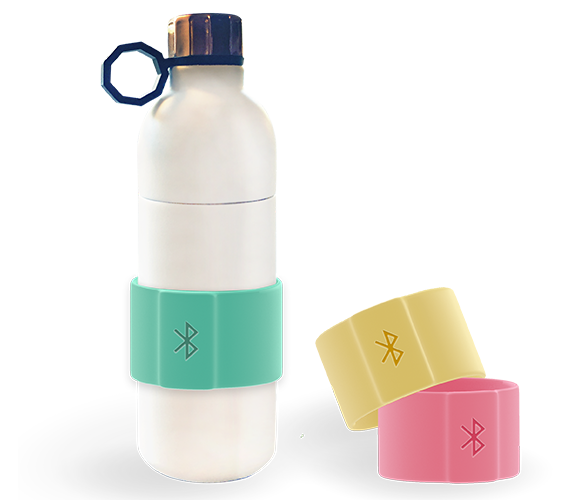
On a day with BYOM-detected events, BYOM will send a reminder to the user’s phone if they start to leave home without their tumbler. The phone serves as a proxy for the user’s location. If the distance between the mobile phone and the mug exceeds the setting range. BYOM will send a reminder to users’ phones. To prompt the user to bring their mug, without annoying them with ill-timed notifications, the sensor and the reminder will only start functioning after a short period of time after the last morning alarm on the user’s phone.


If the sleeve indicates the cup is in use at the location of a BYOM-imported event, it is recorded as a success. The user can open the BYOM app to see their track record. A tree icon grows to indicate successful usage, and shrinks if the user is located at the event without using their BYOM-equipped mug. Additionally, BYOM successful usage is translated into factual measurements of the amount of water, solid waste, and CO2 the user has saved by foregoing one-time cups.

The impact of saving a paper cup is small; it becomes meaningful when people work together. Through the social media invitation system, users build up new eco- friendly communities from their networks. Users can see their friends’ usage, and their network’s collective environmental impact. Engaging others increases the impact, while social comparison and competition aid to sustain the behavior. Because of the group effort, our evaluators reported they were more likely to invite others to participate. An individual user’s tree icon joins with the trees of people in their network — creating a beautiful forest.
